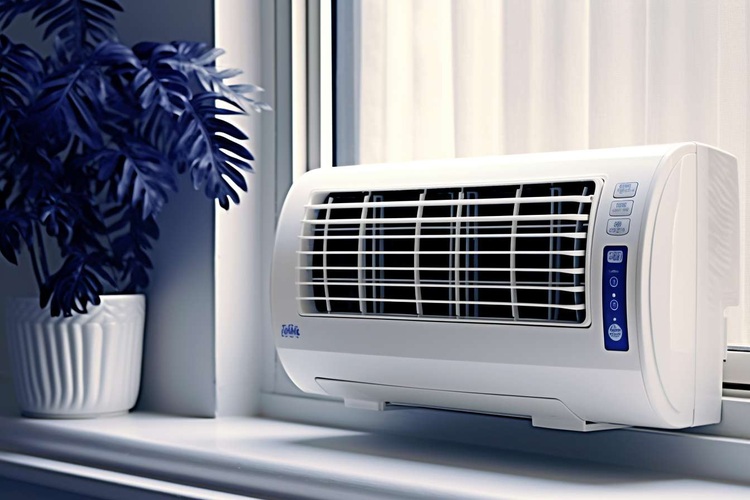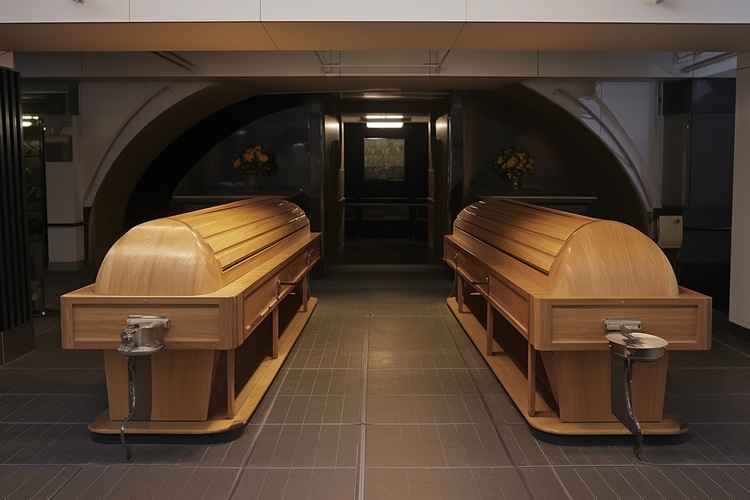Portable Air Conditioners and Window AC Units Explained
Portable and window air conditioners are widely used to keep homes comfortable during warm months across the US. This article explains how each unit type works, their role in heating, ventilation, and air conditioning systems, and what factors to weigh when selecting one.

What are portable air conditioners?
Portable air conditioners are self-contained cooling units designed to be moved from room to room as needed. These appliances typically feature wheels or casters for easy mobility and require minimal installation compared to traditional window units. Most models consist of a single unit that houses the compressor, condenser, and evaporator components, along with a flexible exhaust hose that connects to a window kit for hot air discharge.
The basic operation involves drawing warm air from the room, cooling it through refrigeration cycles, and expelling hot air outside through the exhaust system. Many modern portable units also include additional features such as dehumidification, fan-only modes, and programmable timers. These units typically range from 8,000 to 15,000 BTU capacity, making them suitable for rooms between 200 to 500 square feet depending on insulation and ceiling height.
How do window AC units differ from portable models?
Window air conditioners mount directly into window frames, creating a semi-permanent installation that extends partially outside the building. Unlike portable units, window AC systems position the hot-side components (condenser and compressor) outside, while the cold-side components remain inside. This design provides more efficient heat exchange and generally better cooling performance per BTU rating.
Installation requirements differ significantly between the two systems. Window units require proper window dimensions, adequate structural support, and often permanent mounting brackets. Portable units need only a nearby window for the exhaust hose and access to electrical outlets. Window AC units cannot be easily moved between rooms, while portable models offer flexibility for cooling different spaces as needed.
Energy efficiency typically favors window units due to better heat dissipation and improved airflow design. Window models also tend to produce less indoor noise since the loudest components operate outside the living space.
What are the key features of portable air conditioners?
Modern portable air conditioners incorporate various features designed to enhance user convenience and cooling effectiveness. Most units include digital displays with remote controls, allowing precise temperature adjustment and mode selection from across the room. Multiple operating modes typically include cooling, dehumidifying, and fan-only options, providing year-round utility beyond just summer cooling.
Self-evaporating technology represents a significant advancement in portable AC design, automatically recycling condensate to improve cooling efficiency while reducing manual drainage requirements. Many models feature sleep modes that gradually adjust temperatures throughout the night and timer functions for automated operation scheduling.
Air filtration systems in portable units often include washable filters that remove dust, pollen, and other airborne particles while cooling. Some higher-end models incorporate advanced filtration technology for improved indoor air quality. Drainage options vary by model, with some requiring manual emptying of water collection tanks while others offer continuous drainage through attached hoses.
Pricing for portable and window air conditioners varies significantly based on capacity, features, and brand reputation. Entry-level portable units typically start around $300-400 for basic 8,000 BTU models, while higher-capacity units with advanced features can range from $500-800. Window air conditioners generally cost less, with comparable BTU ratings available for $200-500 depending on efficiency ratings and additional features.
| Product Type | BTU Range | Typical Price Range | Key Features |
|---|---|---|---|
| Basic Portable AC | 8,000-10,000 | $300-450 | Single hose, basic controls |
| Advanced Portable AC | 12,000-15,000 | $500-800 | Dual hose, smart features, self-evaporating |
| Window AC Unit | 8,000-12,000 | $200-400 | Energy efficient, quiet operation |
| High-Efficiency Window AC | 12,000-18,000 | $400-600 | Energy Star rated, advanced controls |
Prices, rates, or cost estimates mentioned in this article are based on the latest available information but may change over time. Independent research is advised before making financial decisions.
Installation and Maintenance Considerations
Both portable and window air conditioners require regular maintenance to operate efficiently, though the specific requirements differ between systems. Portable units need periodic filter cleaning or replacement, condensate management, and exhaust hose inspection to ensure proper airflow. The mobility advantage of portable units makes accessing components for maintenance generally easier than with window installations.
Window AC units require seasonal installation and removal in many climates, along with periodic coil cleaning and filter maintenance. The outdoor exposure of window unit components may require more frequent cleaning due to weather and debris exposure. However, the fixed installation often provides better long-term performance stability compared to portable units with flexible connections.
Choosing the Right Cooling Solution
Selecting between portable and window air conditioners depends on several practical factors including rental restrictions, window compatibility, mobility needs, and cooling efficiency priorities. Portable units excel in flexibility and temporary installations, making them ideal for renters or spaces with non-standard windows. Window units typically provide better cooling performance and energy efficiency for permanent installations where mobility isn’t required.
Consider room size, insulation quality, and local climate when evaluating BTU requirements for either system type. Professional consultation may be beneficial for larger spaces or complex cooling needs where multiple units or alternative solutions might be more appropriate.
The choice between portable and window air conditioners ultimately depends on balancing convenience, performance, and installation constraints specific to your situation. Both options provide effective cooling solutions when properly matched to space requirements and usage patterns, offering relief from summer heat without the complexity and expense of central air conditioning systems.




